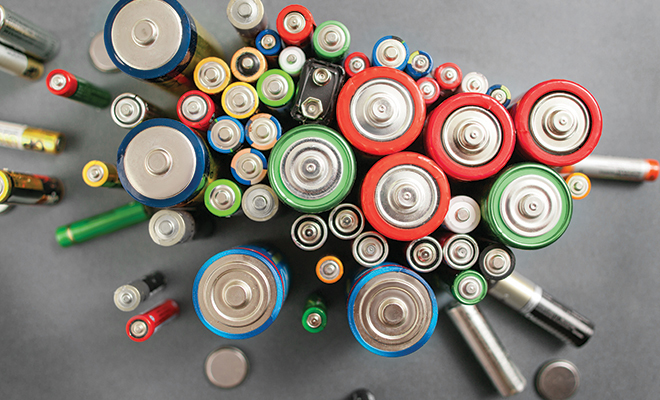
Batteries Not Included – Dispose or Recharge?
When I had kids, it became an unwritten rule that one drawer in the kitchen was dedicated as a sacred space for batteries, and lots of them–AA, AAA, C and D. They are all in there, as you just never know when a remote, a game, a camera or any other technological gadget may become lifeless without them.
I have always made sure that drawer is fully stocked. As the years progressed, however, I began to realize just how much money I have spent on those batteries. At the rate at which my kids wore them out, I began to wonder if I should invest in some of those rechargeable ones. It seems as if I spent more on batteries than on the actual products themselves.
That being said, then, what is the argument for disposable batteries versus rechargeable ones? In reality, the answer to that query seems to point primarily toward the application and intended use of the battery.
True to their description, rechargeable batteries can be charged numerous times after the initial purchase but they come with a higher sticker price than their disposable, non-rechargeable counterparts. Because of that, many consumers simply reach for the disposable kind, preferring to avoid the large cash outlay up front. In the long run, though, the batteries you can recharge are more cost effective, providing hundreds more hours of usage than the disposable ones. Once the disposable batteries run out, that’s it. They can no longer be used, but that doesn’t necessarily mean they should be discounted.
The disposable variety is great for low-drain products, such as smoke detectors, remote controls and wall clocks. On the flip side, you might want to consider using rechargeables for high-drain gadgets and electronics that quickly use a lot of energy. It can be a hassle constantly replacing them, so the lithium-ion rechargeable batteries, perfect for portable consumer electronics, will most likely add up financially in your favor.
You’re already familiar with rechargeable batteries if you have a smartphone, tablet or laptop, but how effective are they for other items, and will switching to rechargeable batteries save you money? When you understand how many batteries you need each year and assess the cost, you can do a quick bit of math and know where you stand financially in this equation. If you don’t know, experts suggest you keep a record for a few months to determine how many batteries you use in a month.
Once you have made that determination, familiarize yourself with the types of batteries available. For disposables, the ever-popular alkaline battery comes in a variety of brands with varying degrees of power. Then there are the lithium disposable batteries. Despite popular belief, these are not rechargeable. However, they tend to exhibit a much longer life than their alkaline counterparts, up to four months longer, but they also have a higher sticker price. They are great for digital cameras but really won’t give you an edge with everyday remotes. On the flip side, they tend to hold their power longer than alkaline batteries, even when in storage for an appreciable length of time.
A disposable alkaline battery will work twice as long as a rechargeable battery before it needs to be changed. As such, it makes sense to use disposables for low-drain devices. However, for those energy hogs, including portable DVD players, remote-control toys and cordless power tools, non-alkaline batteries are preferable.
Although rechargeable batteries have a higher up-front cost, at around $30 for a four-pack of AA batteries and a charger versus $3 for a four-pack of disposable ones, they can be recharged about 100 times. The pros to that side of the equation mean less stress on your wallet and less damage to the environment.
Again, choosing between a disposable battery versus a rechargeable one really comes down to how you intend to use it. Your morning alarm clock should do just fine with a disposable alkaline battery, but if you have a video game controller in constant use in your home, a rechargeable version just might become your new best battery friend.
Always use the correct size and type of battery as specified by the manufacturer of your device. Stored batteries should be kept in their original packaging in a dry place and at room temperature until you’re ready to use them. When and where possible, recycle old batteries if your community offers a recycling or collection program, and never attempt to recharge non-rechargeable batteries, as this can cause them to overheat and leak.
Recent news stories have described safety issues with lithium-ion batteries. If you notice that your battery is overheating, hissing or bulging, immediately move the device away from combustible materials and place it on a non-combustible surface or move it outdoors. Water is not effective if it catches fire; if available, use a foam extinguisher and allow ventilation until it burns out. ■
Sources: batteryuniversity.com, blog.microbattery.com, komando.com and realsimple.com.







